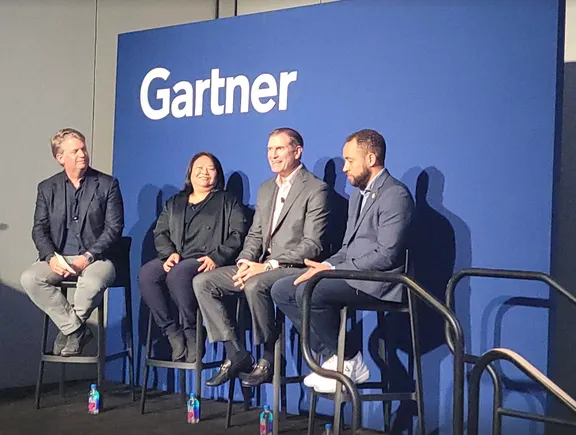More than 40% of learning and development leaders surveyed by LearnUpon, an LMS provider, said that AI could entirely replace their roles, according to a report released Sept. 16 — but many also expressed confidence in their role’s importance, exemplifying the curious place L&D holds in organizations right now.
L&D leaders in retail, education, software and technology were more likely to report concerns about AI replacing their role. However, 66% of respondents in the U.S. said that L&D received a budget increase in 2025, indicating the growing influence of the sector at work.
“The research reveals a profession in transition — balancing AI adoption, strategic alignment, and employee retention — while emerging as a key driver of business performance,” according to a news release.
That sentiment may contradict other known pressures in the workplace for the learning department.
For example, an April report from RedThread Research and Schoox, a front-line workforce training company, said that employers may be struggling to invest in training beyond that which is required by law, such as safety and compliance training. And as companies fight to find the right people to fill key roles, training is pushed farther down the priority list, according to HR Dive’s 2025 Identity of HR survey.
But more companies are also turning toward long-term retention strategies that include fostering current talent, according to SHRM, especially as the labor market continues to cool.
“Today, L&D leaders are being asked to do much more than just onboard new hires or fill knowledge gaps,” Brendan Noud, CEO and co-founder of LearnUpon, said in a statement. “Effective learning programs are now an opportunity to reshape the employee experience, drive performance, and create a greater sense of stability across the business.”
L&D teams are also experiencing a microcosm of the issues affecting the rest of the workforce, according to LearnUpon; 32% of L&D leaders surveyed said talent acquisition remains a top challenge, as does keeping pace with change (31%) and aligning L&D with business strategy (30%).






Leave a Reply